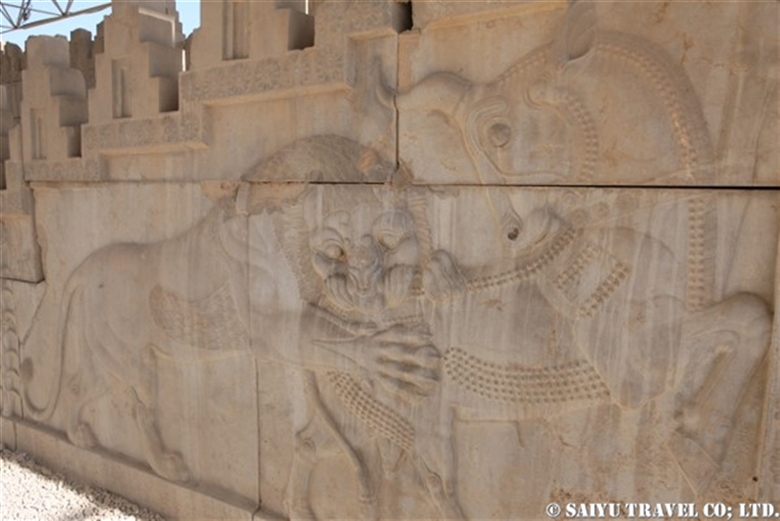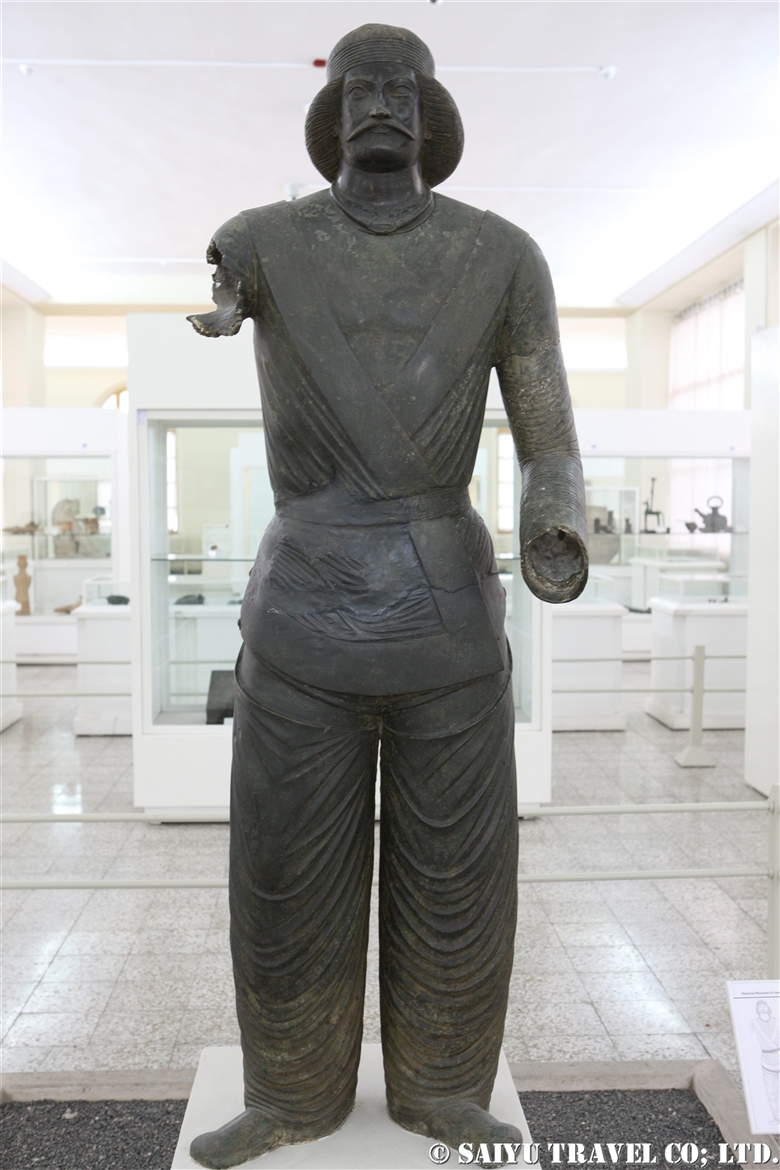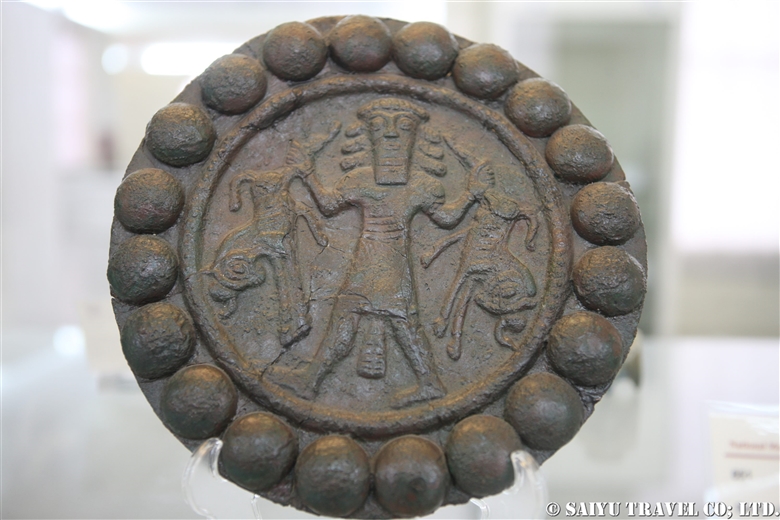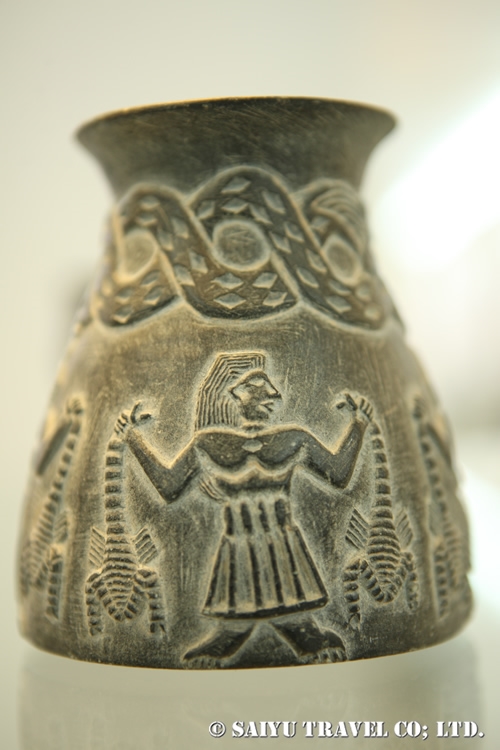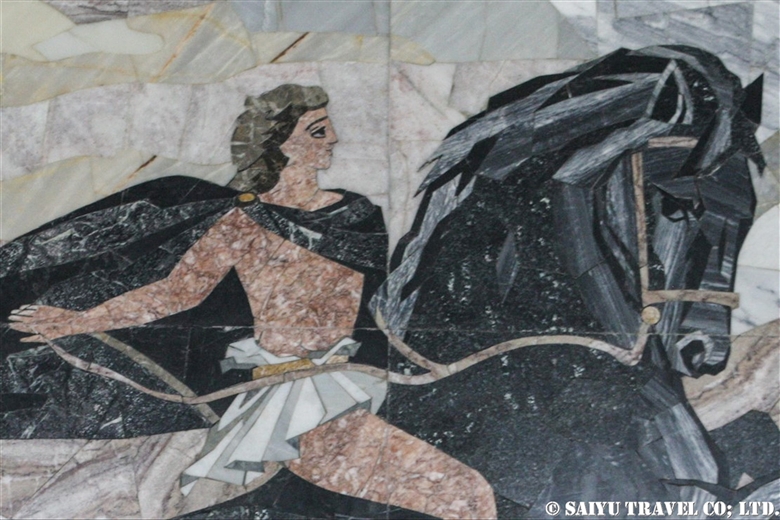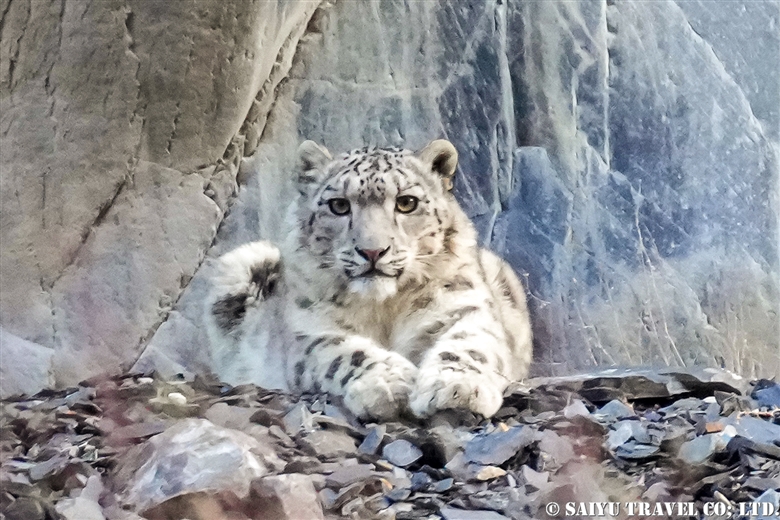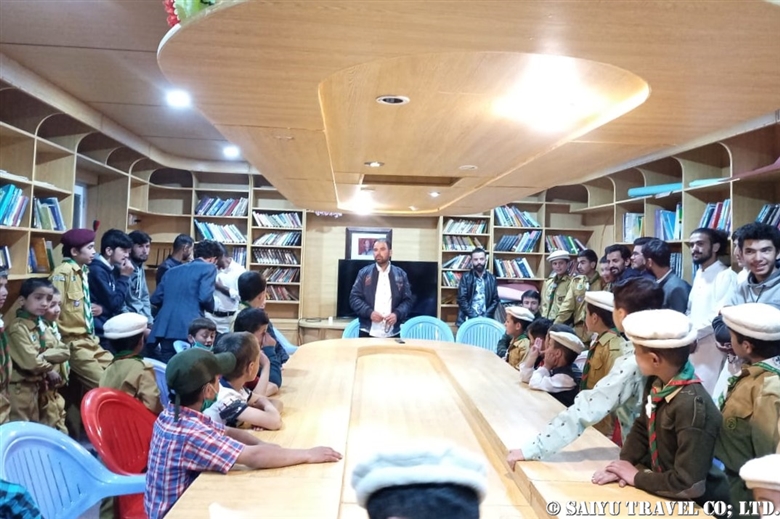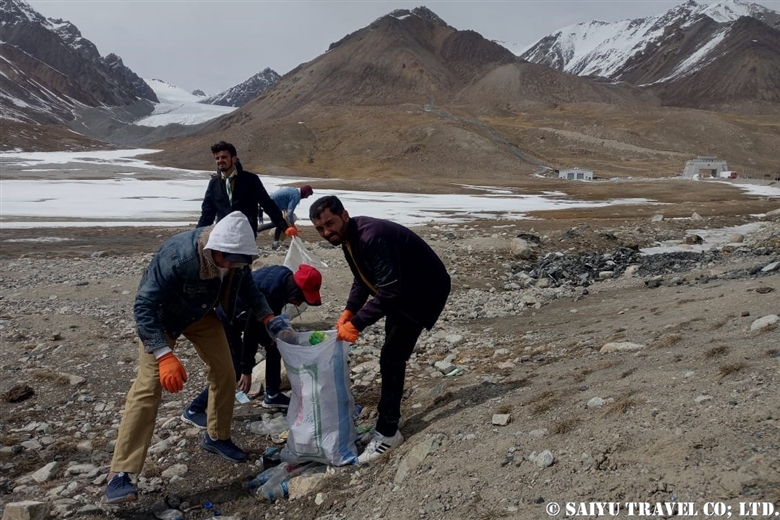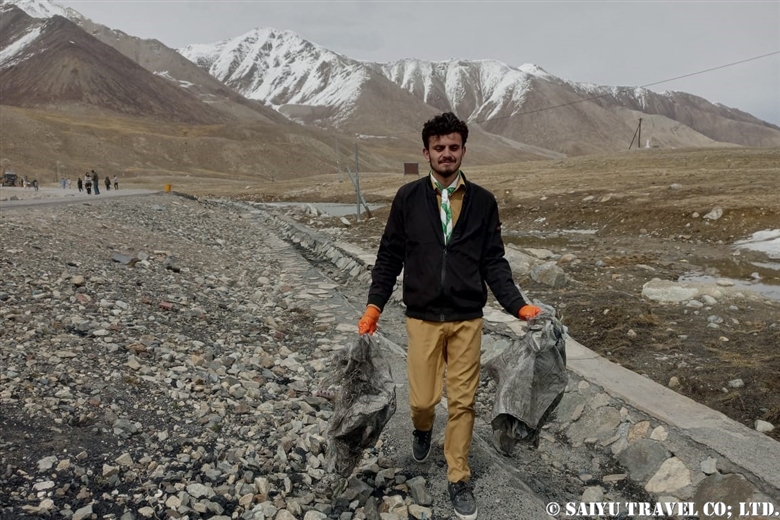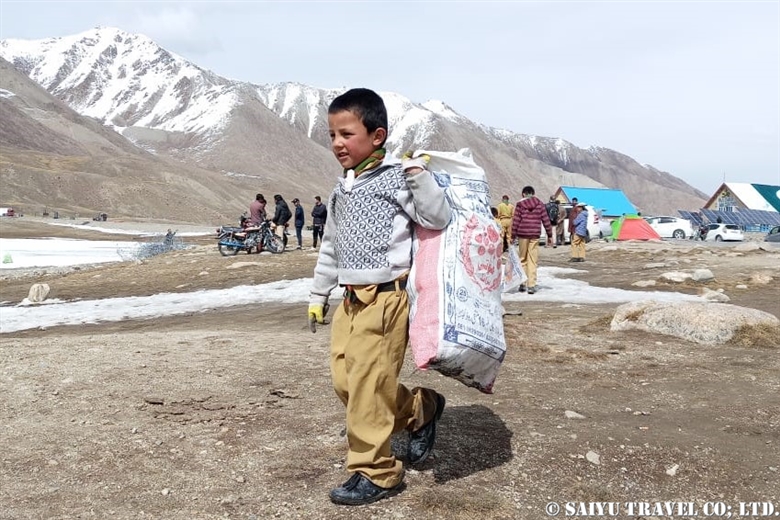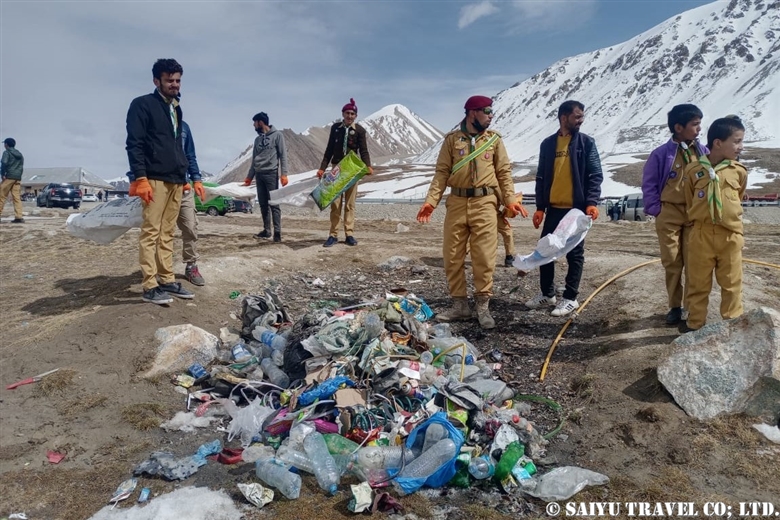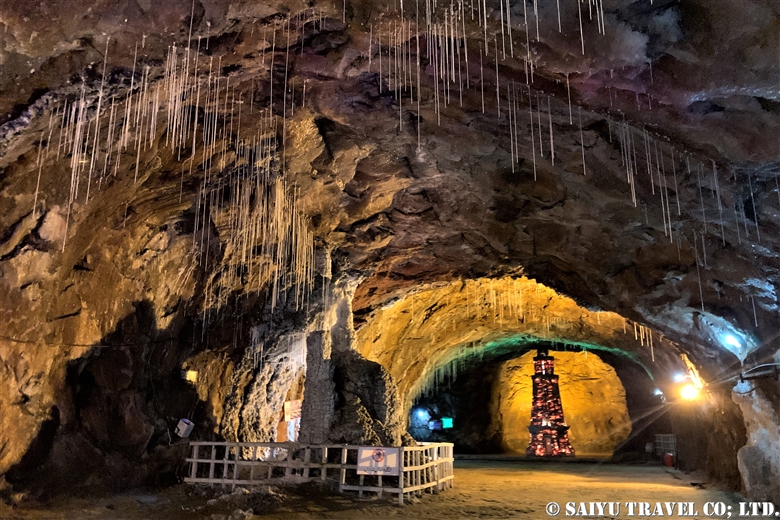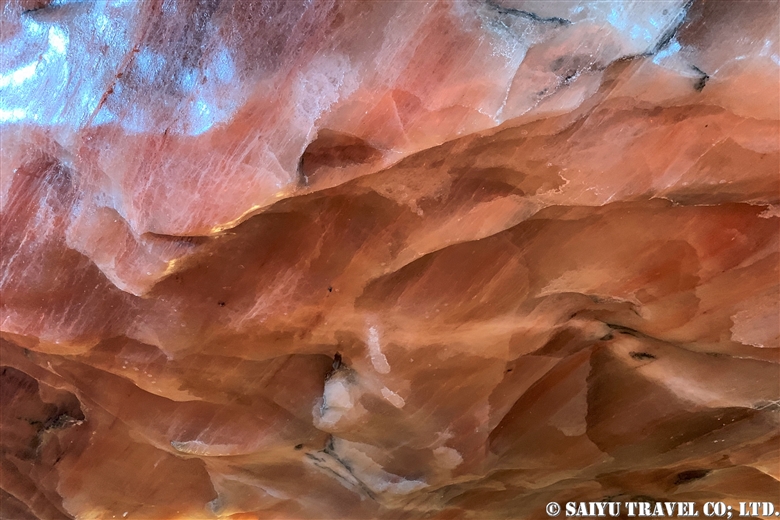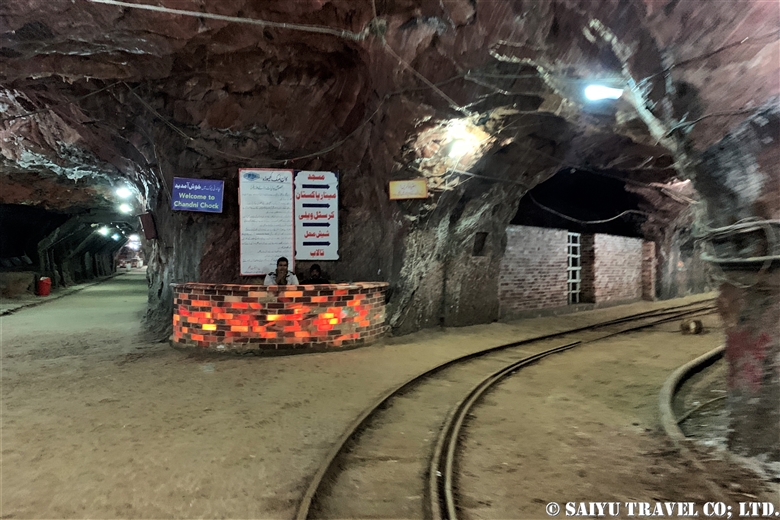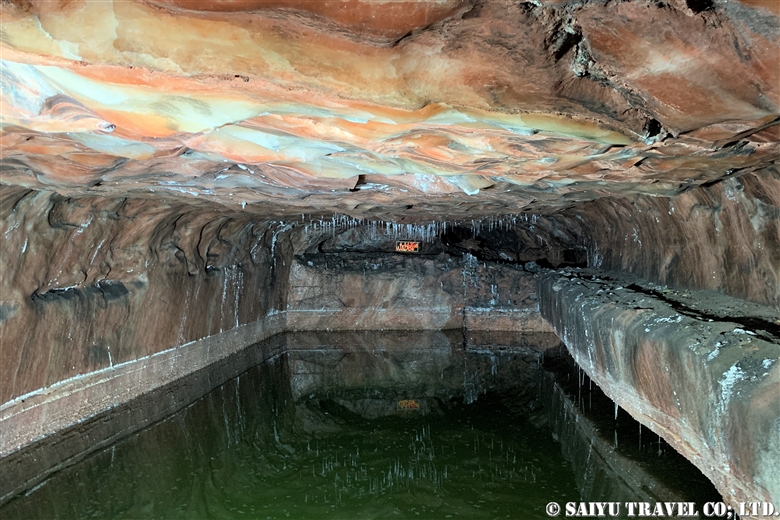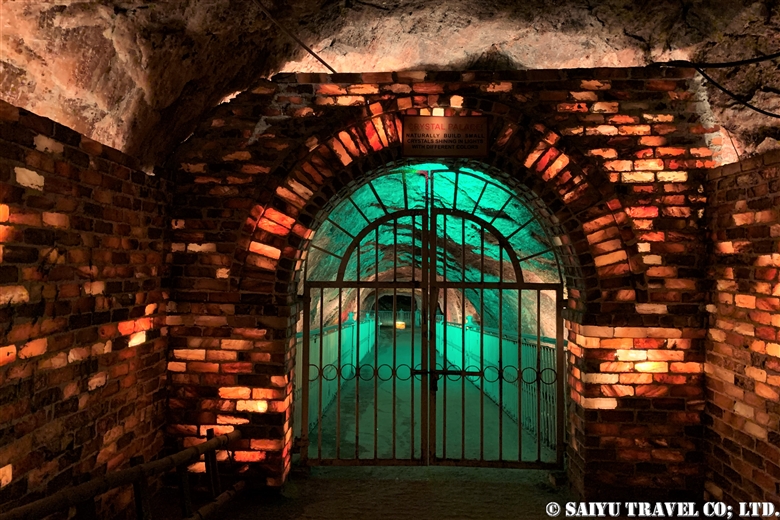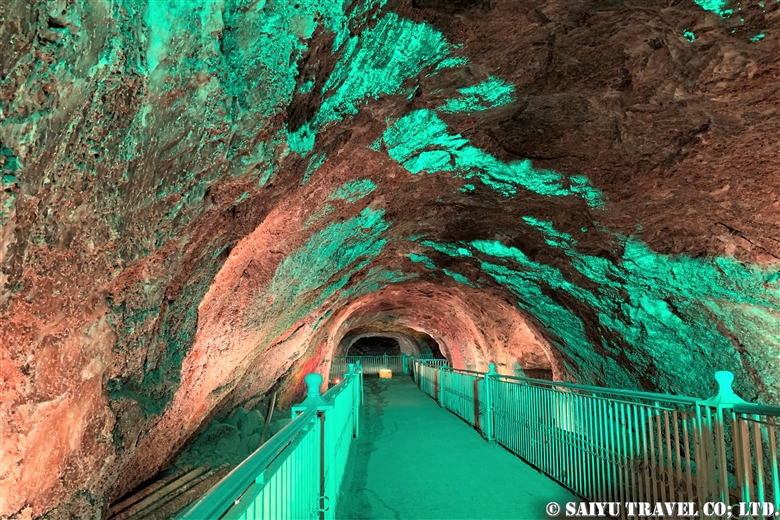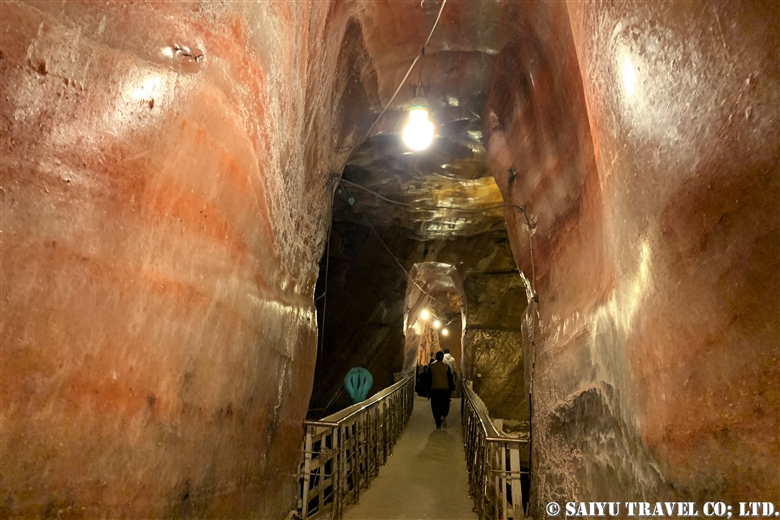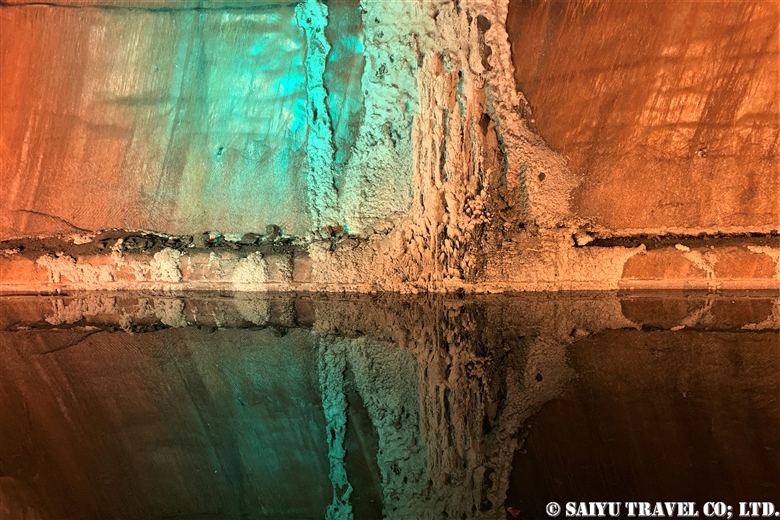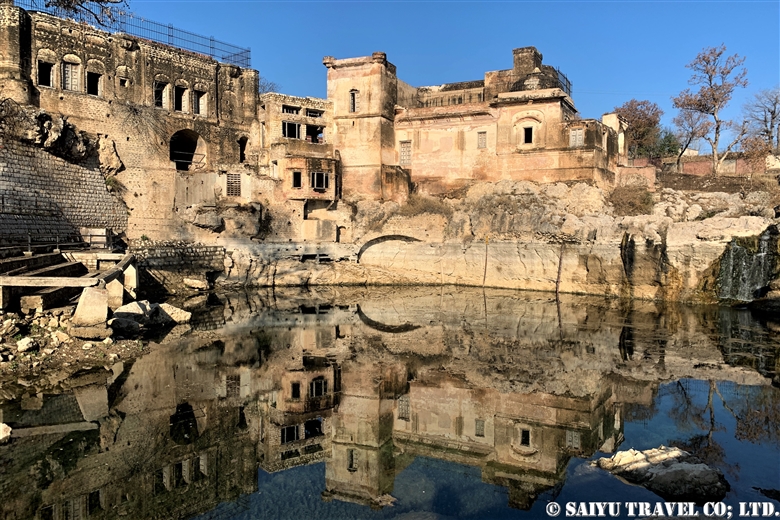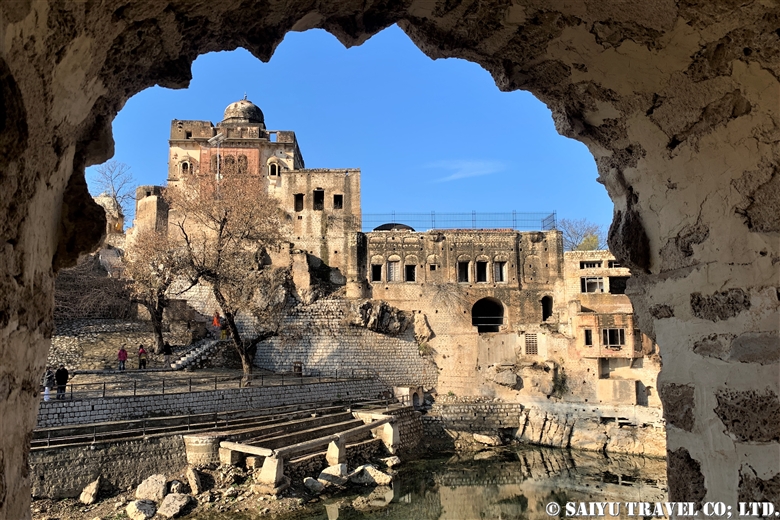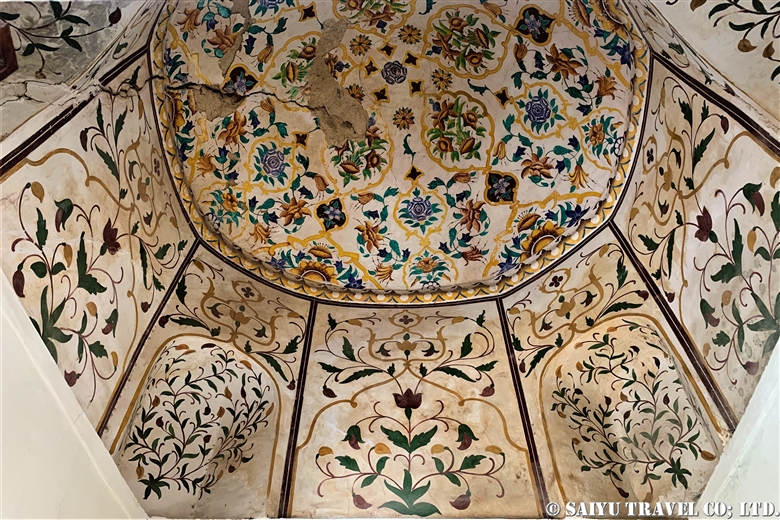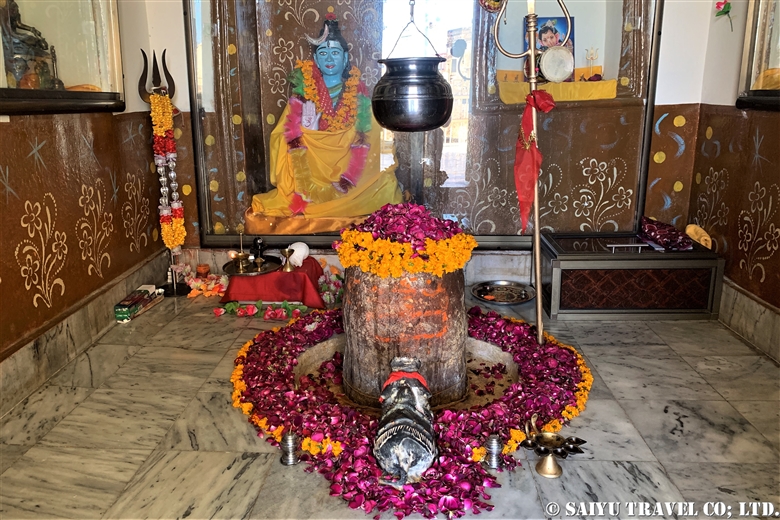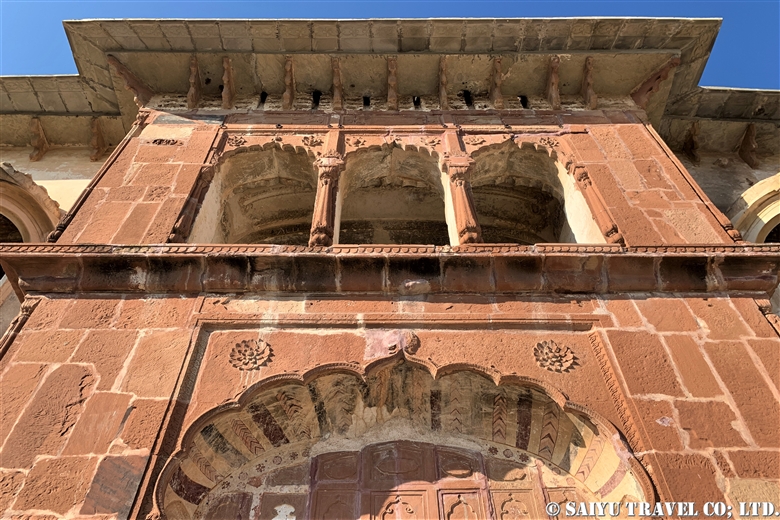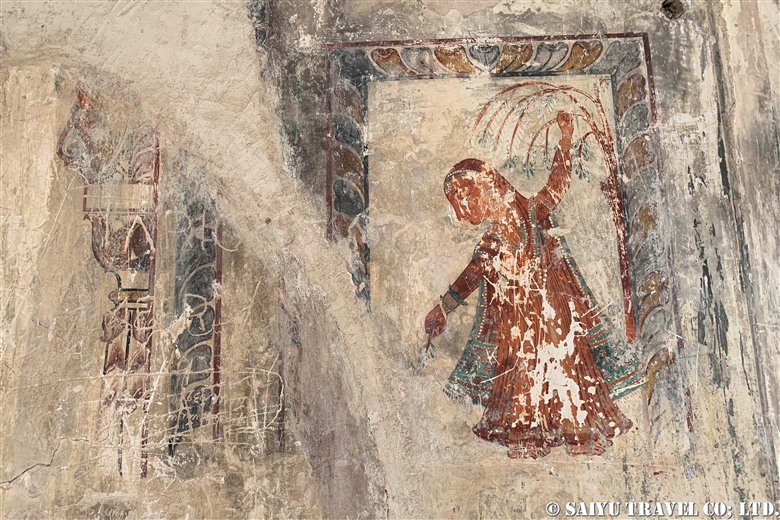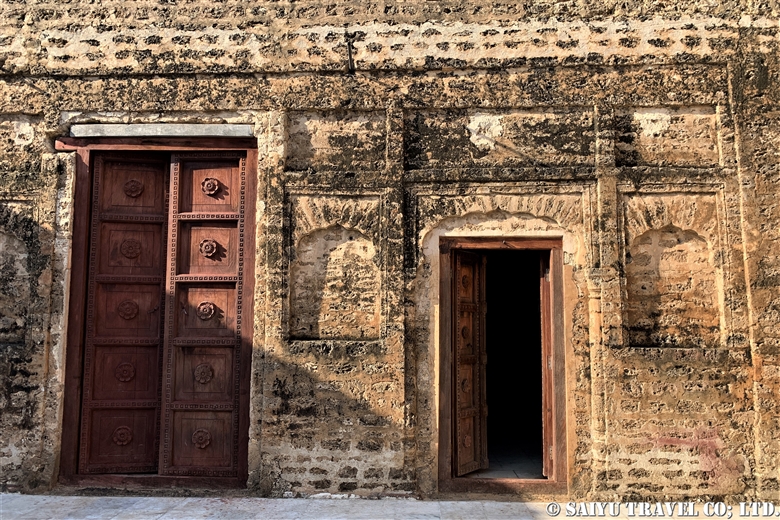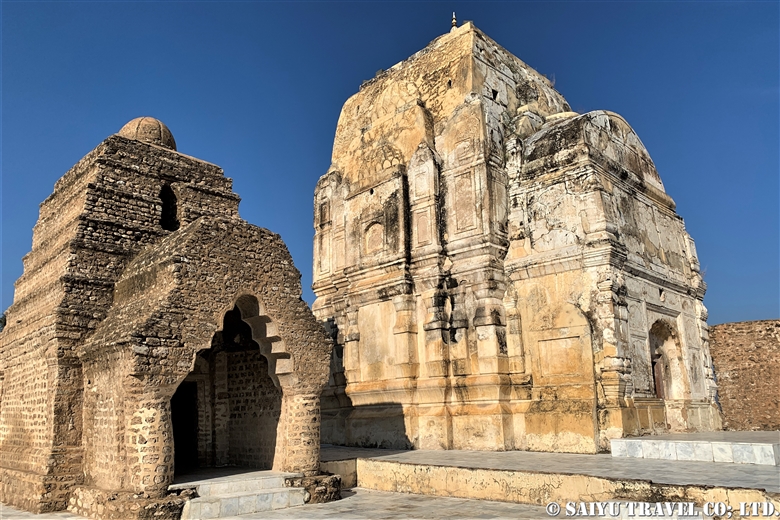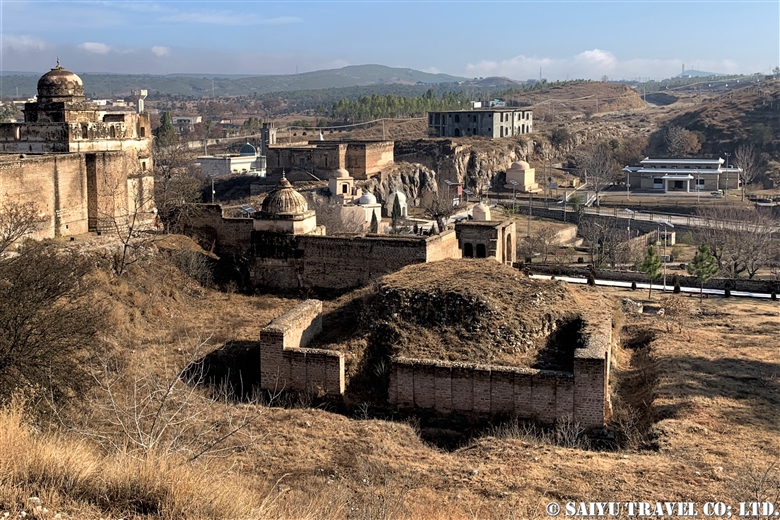This is a record of the June 2022 Trekking, where we could lead our first Baltoro Glacier Trek for Saiyu Travel Japan since the start of the worldwide pandemic. The Jeep Road has changed a lot since the last 2019 tour. It used to stop at Askole, but now it has been extended between Jhola and Skam Tsok, with construction still being carried out here and there. Larger groups use the Jhola campsite, while smaller groups can also camp on the banks of the Braldu river along the way. (Note: The “Jeep Road” in Pakistan is a pretty rough road that can be traversed by the car models called Toyota Jeep, locally.)
K2 & Baltoro Glacier Trekking 2022 (Part 1) Skardu to Paiju
K2 & Baltoro Glacier Trekking 2022 (Part 2) Paiju to Khoburtse
K2 & Baltoro Glacier Trekking 2022 (Part 3) Khoburtse to Urdukas
K2 & Baltoro Trekking 2022 (Part 4) Urdukas to GoreⅡ
K2 & Baltoro Trekking 2022 (Part 5) GoreⅡ to Concordia
The big feature of this year’s Baltoro Trek is that many “climbing teams” who have been waiting for these past three years come to climb one after the other. Since the Baltoro area is so close to the Indian border, the security is tight and in addition to the visa required to enter Pakistan, people must also at the same time, obtain a “trekking” or “mountain climbing” visa. The group’s permissions are linked to this visa. We were required to submit an application and can only depart after the group’s approval. At the beginning of this season, the number of applications for this “trekking” and “mountain climbing” visa has increased sharply, so it took a considerable amount of time to obtain it. If you are planning trekking in the Baltoro area, be prepared to apply 45 days in advance.

A car carrying our porters, who are heading to the first campsite. In June, the workload of the summit corps is quite heavy, so the porters, mules, and horses/donkeys are also quite busy.

While driving through the Shigar Valley, we passed through Hyderabad, the village where the driver lives. The driver’s wife brought us freshly harvested mulberries.

They were unbelievably sweet.

This is a photo taken near the village of Askole. Askole is also crowded with porters/unloaders for Baltoro Glacier trekking and is also famous for gem mining. The rock cave in this photo is the opening of the gem mining pit, which was also working at full swing.

From Askole, and beyond, this is the first jeep road to pass. Proceed along Braldu River which starts from the Baltoro Glacier. Along the way, there are so many steep ups and downs.

They have built a new bridge in Jhola, and after crossing it, a while later we saw the point where the construction of the road was still underway. Tonight’s campsite is on the riverbank, just a short walk from here.

The next day, we walked along the Braldu River. We will pass through the Skam Tsok campsite.

In front of us, stands the Baltoro Glacier, and on the sides partly covered by clouds the Trango Towers, the Baltoro Cathedral, and the Paiju campsite.

Paiju is a campsite abundant with water and greenery. The season had just begun, so the accommodation was fully reserved by our group.

While at the campsite, the porters were making Balti bread. This will be used as the food for the trekking on the glacier the next day.

Freshly baked bread.

This mule is in the middle of his meal. In the past, it was rare to see livestock being used in the trekking, but now it has become more mainstream to see them and horses and donkeys as well.

From tomorrow, they will get new horseshoes for the Glacier trek. It really feels like a new season has begun.

From the Paiju campsite, the mountains along the Baltoro Glacier, part of the Trango Towers on the left and in the middle, the Baltoro Cathedral. On the right are the Lobsang Spire.
Being the only ones staying overnight at the Paiju, it was a very quiet night.
Text & photo : Mariko SAWADA
Trek Date : Early JUN 2022
PS: In early July, the bridge 4 km from Askole was washed away by flood, so the trek has since been from Askole.
*Contact Indus Caravan for more information or to make arrangements for your Baltoro Glacier trek!
Category : - Baltoro Glacier & Concordia > - Baltoro Glacier & Concordia > ◆ Gilgit-Baltistan > ◇ Mountain of PakistanTag : Baltoro Glacier , Baltoro trekking permits , Pakistan Blog , Baltoro Trekking , Pakistan Travel Blog , Concordia , Travel Pakistan Blog , Broad peak , Indus Caravan , Paiju , Skam Tsok , Saiyu Travel Pakistan , Jhola , Askole , Pakistan Travel company , Trango Towers , Pakistan tour operator , Baltoro Kathedral , K2 , Skardu , Braldu river , Northern Pakistan Travel
































